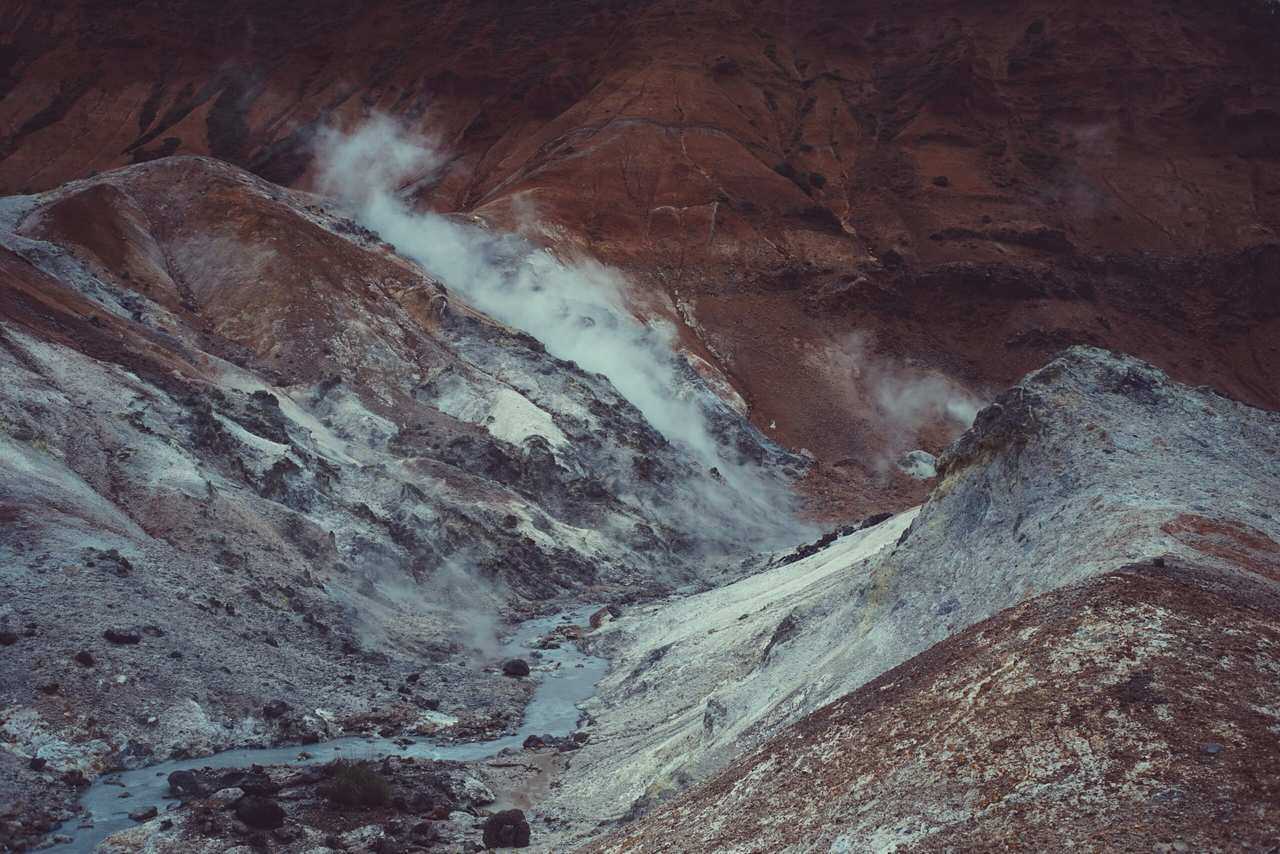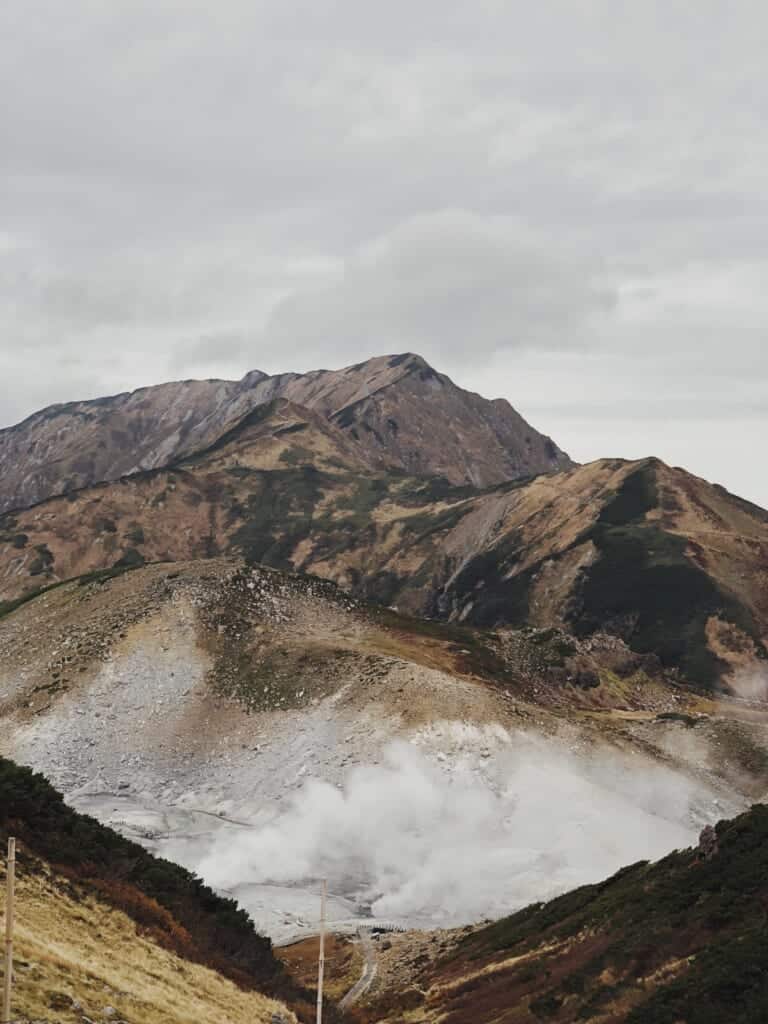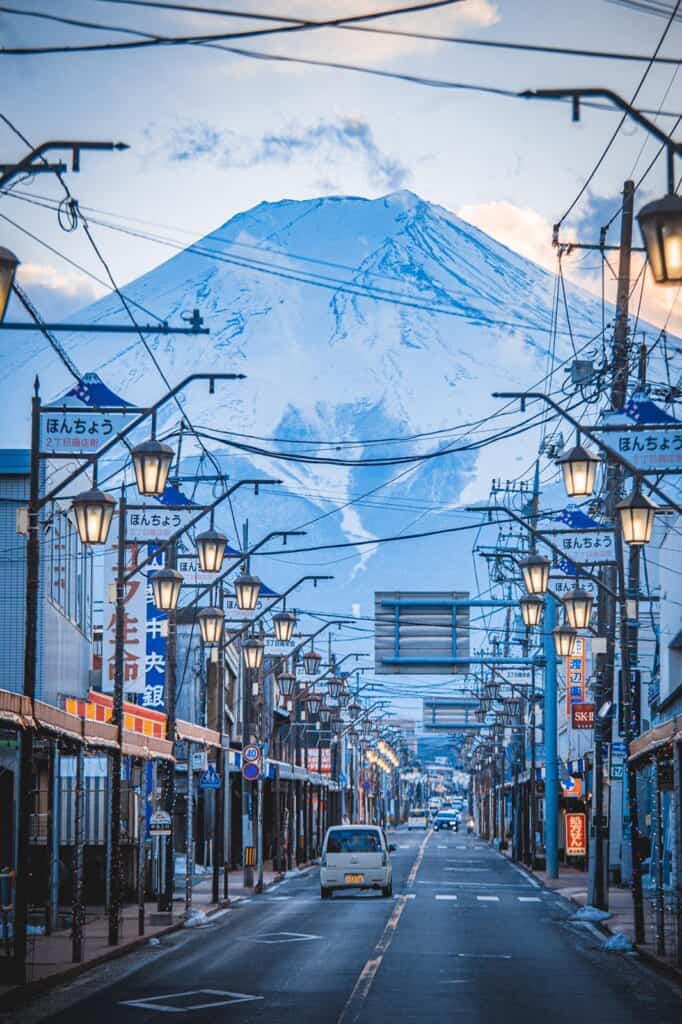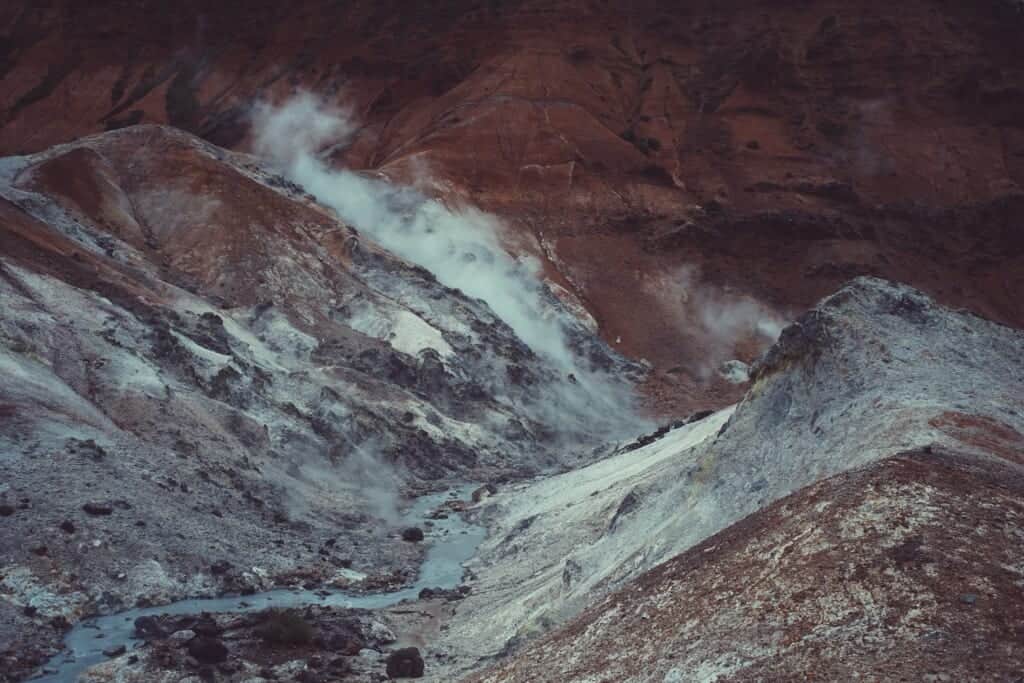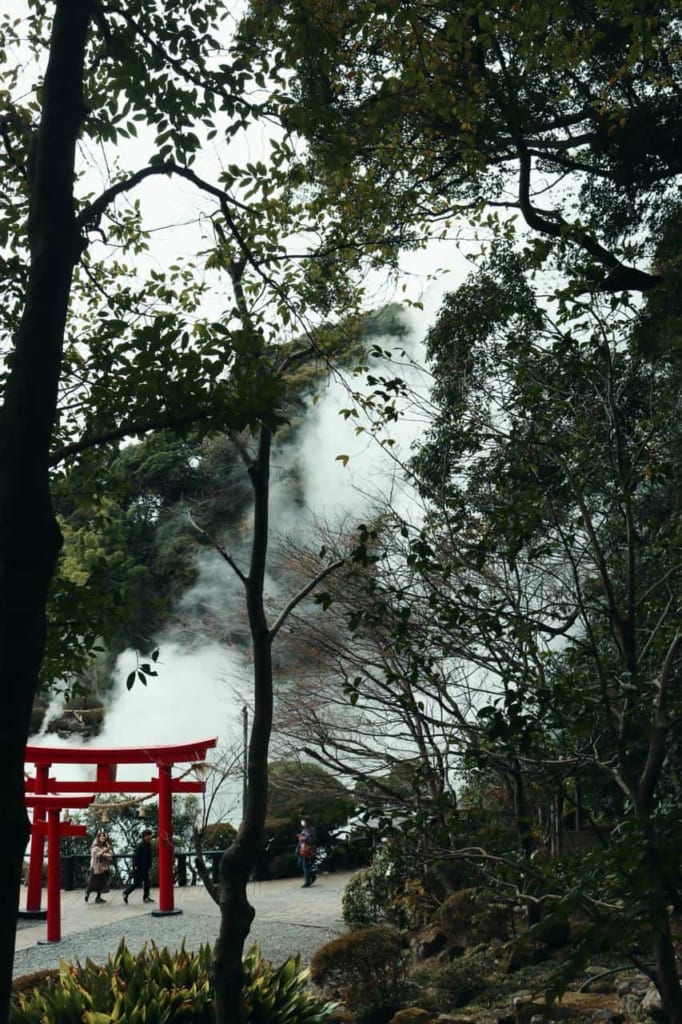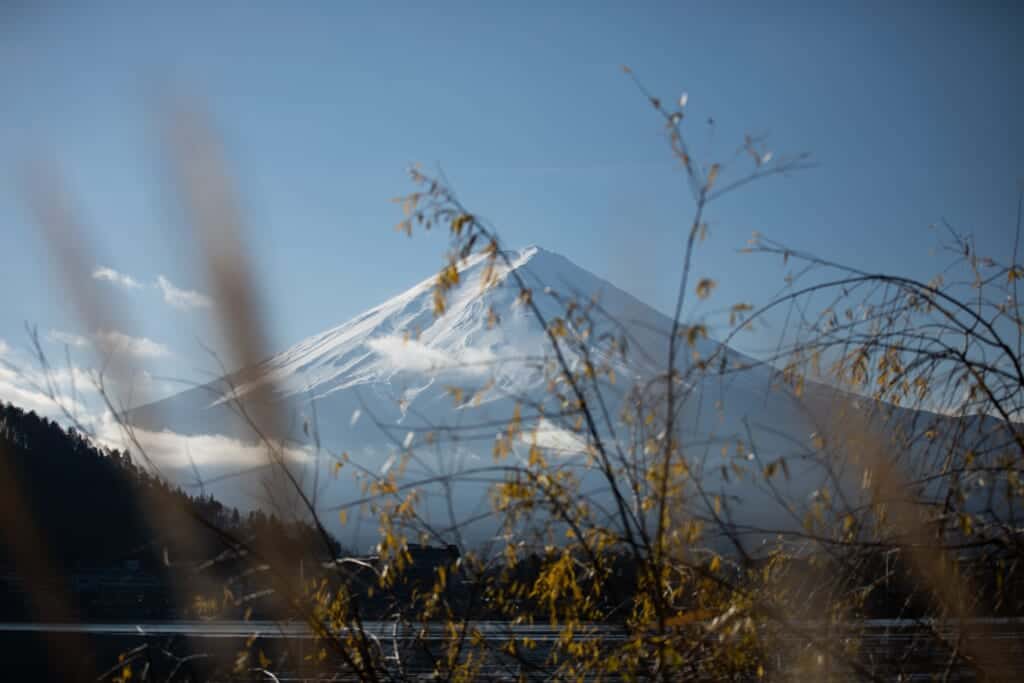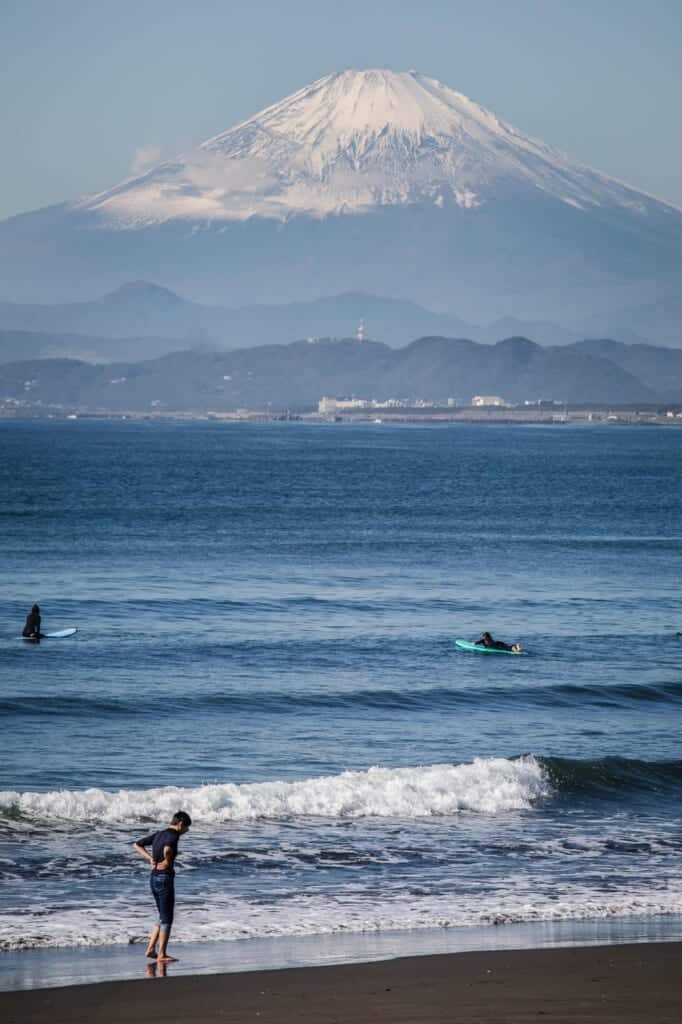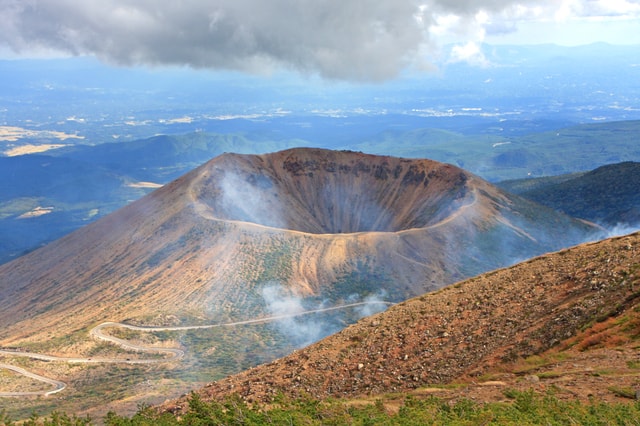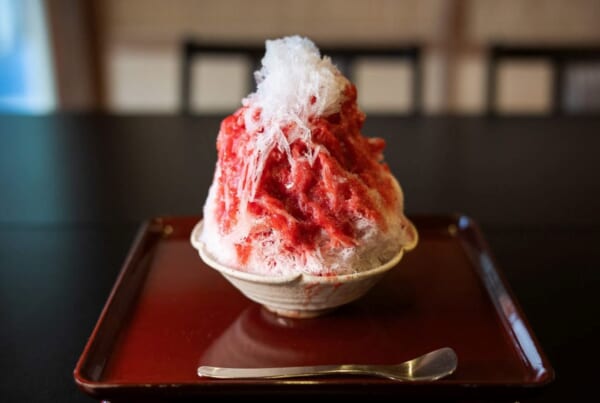According to Japanese mythology, Japan was created by the hand of the gods Izanagi and Izanami. Moreover, his children were mountains, rivers, volcanoes, and all the existing nature. So, it doesn’t surprise me that the ancient Japanese attributed Japan’s creation to gods due to its varied, complex, and even surprising terrain. Almost 80% of Japan’s surface is a mountainous territory with more than 100 volcanoes, some of which are still active. To understand this unbridled nature, we will explore Japanese topography to discover how volcanoes in Japan were created. As usual at Voyapon, we will show the most interesting places to visit around some volcanoes.
Mount Tate, also known as Tateyama, is located in Toyama prefecture. © Keith Chan An impressive view of Mount Fuji.
© Lucía Tsujiguchi
Why Are There So Many Volcanoes in Japan?
It may seem like the gods planned Japan’s location on purpose, as it is one of the most complex areas of the planet, geologically speaking. This complexity is due to the Ring of Fire, where tectonic plates converge within the Earth’s crust where the Japanese archipelago is located.
This is an area full of intense seismic activity, and 75% of the world’s active volcanoes are located along the Ring. It frames the Pacific Ocean from New Zealand to the Philippines and Japan, reaching over to North America’s west coast and down most of the western coast of Central and Latin American.
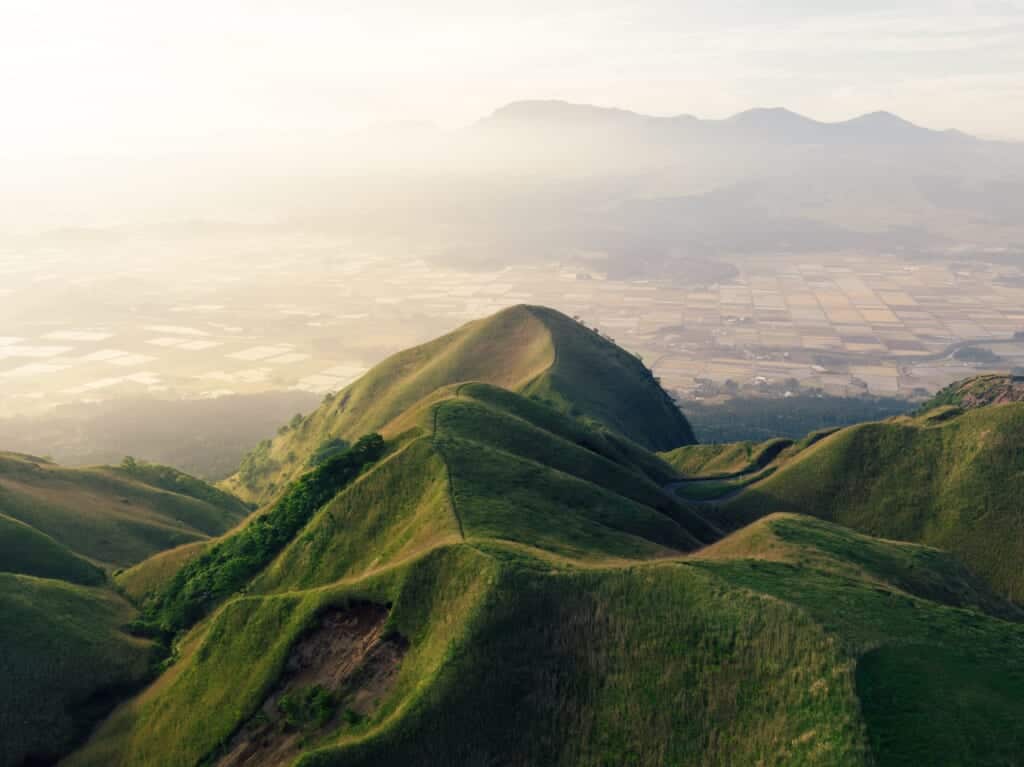
The Ring of Fire was formed over the centuries by the tectonic plates’ activity (pieces of the Earth’s crust and upper mantle). There are several main plates and other minor ones in constant movement due to our planet’s high activity. When they collide, they create subduction zones (when one plate overlaps another), causing changes in the surface in the form of earthquakes, volcanoes’ creation, and even the creation of ocean trenches.
Noboribetsu Onsen in Hokkaido. © Damon Lam Beppu is one of the most well-known areas in Japan full of hot springs.
Japan is located directly on top of many of these plates: the Okhotsk (or North American) continental plate, the Eurasian (or Amurian) continental plate, the Philippine Sea plate, and the Pacific plate.
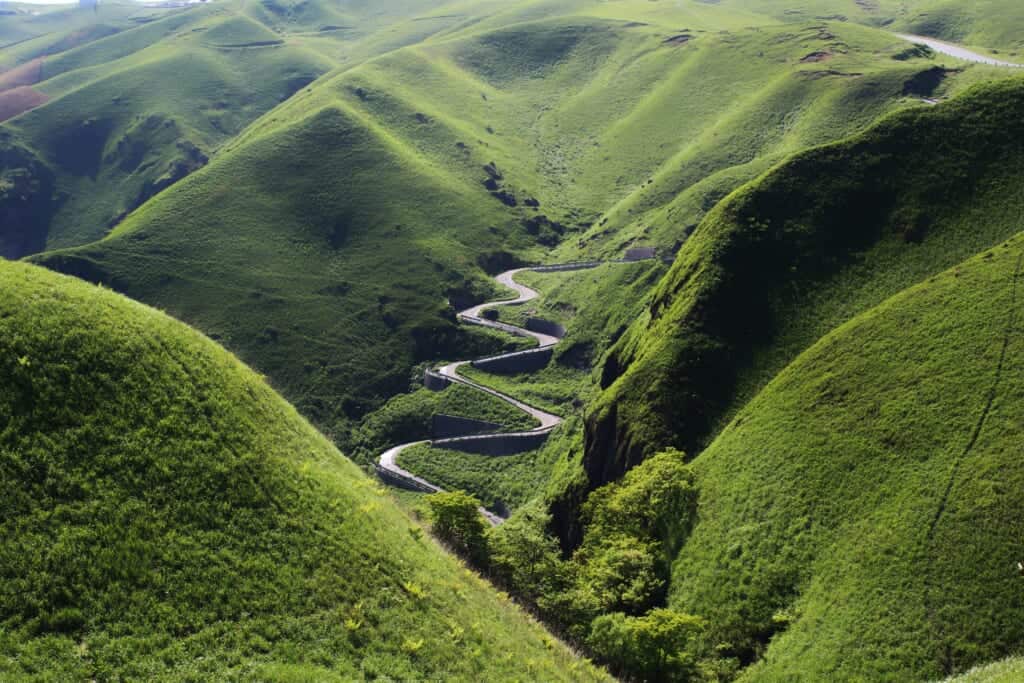
Volcanoes in Japan and Earthquakes
Many people know Japan for its numerous earthquakes. As it is located between so many plates, their displacement provokes a high chance of earthquakes. To give you an idea, the average number of earthquakes between 2001 and 2010 was roughly 4,800 tremors per year. Luckily, most of them are mild. Even so, depending on the plates’ position and their movement, they can cause significant catastrophes.
For example, in 1923, the Great Kanto earthquake had a magnitude of 7.9, with an estimated death toll of more than 100,000. In 1995, there was the Great Hanshin-Awaji earthquake in Kobe with a magnitude of 6.9. In 2007, the Chuetsu offshore earthquake in Niigata Prefecture had a magnitude of 6.6.
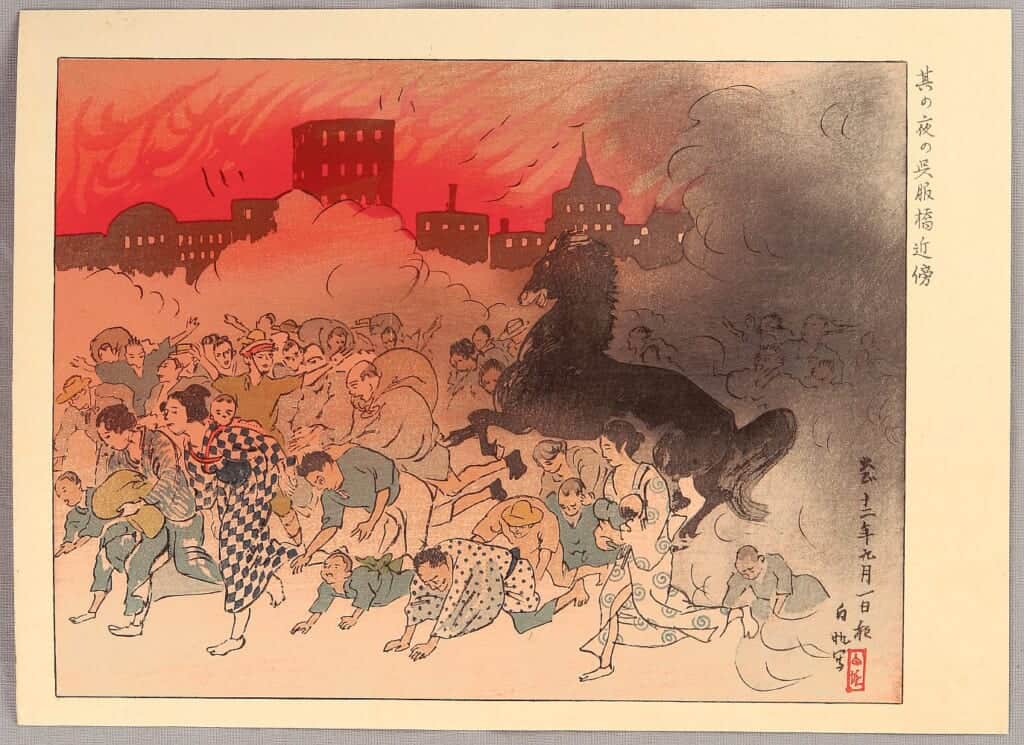
The most powerful earthquake recorded in Japan was the 2011 Tōhoku earthquake and tsunami, caused by the Pacific plate sliding under the Eurasian plate.
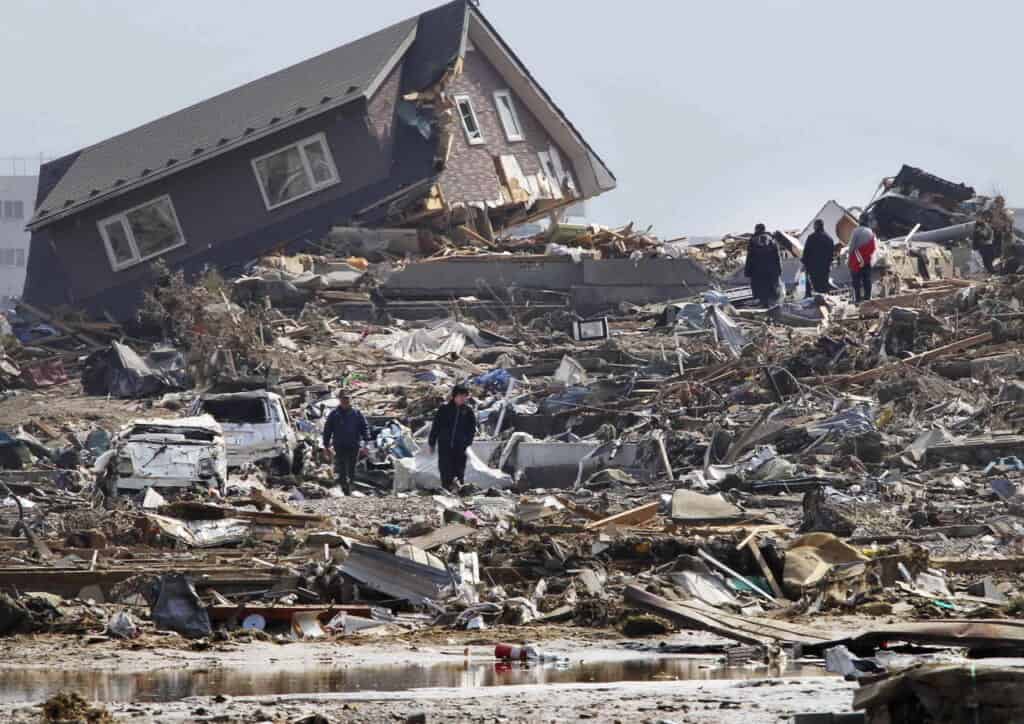
According to experts, 100 km from the Japanese Coast was a tension point accumulating energy for more than 200 years. Consequently, on March 11, 2011, all that energy was released, generating a massive 9.0 magnitude earthquake and a tsunami.
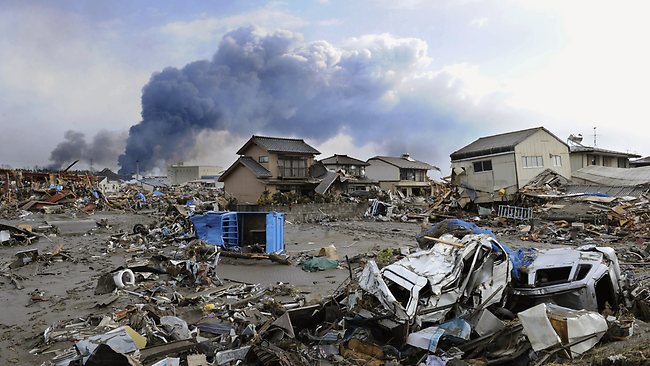
The Best Japanese Volcanoes to Visit
Japanese volcanoes are mysterious and, sometimes, dangerous places. Luckily, over the years, their activity has been declining. Nowadays, you have the possibility of visiting some of them, both inactive and active.
1. Is Mount Fuji a Volcano?
Without any doubt, the most famous volcano in Japan is Mount Fuji. And yes, it is a volcano, the largest in Japan. It is the highest point in the country at 3,776 meters high and has been a dormant volcano since 1707. Located between Shizuoka and Yamanashi prefecture, Mount Fuji has great symbolism for the Shinto religion.
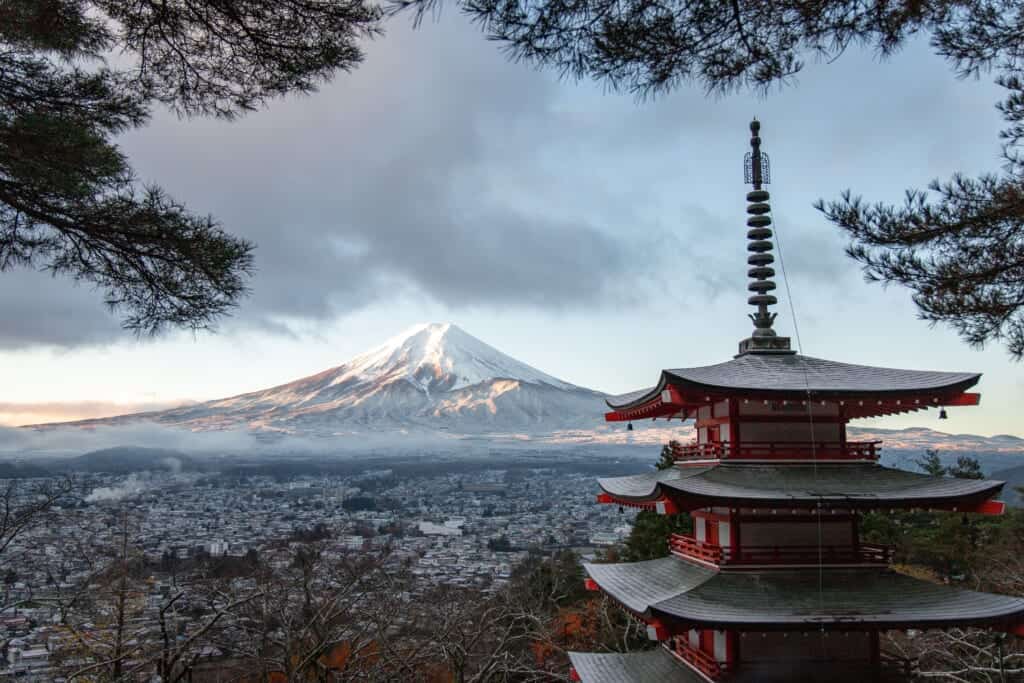
When I saw it for the first time, I understood the reason for its admiration. The same happened when I saw it for the second, third, fourth time. Usually, the majestic Mount Fuji is quite shy and hides behind the fog. If one of your goals when traveling to Japan is to see Mount Fuji, I recommend being patient, as it can be a challenging goal.
Winter is the best season to see Mount Fuji, and a good place to enjoy it is from the island of Enoshima. If you want to climb Mt. Fuji, visit Japan during the summer when the mountain opens for its hiking season from July to the beginning of September. You can also visit the surroundings of Mount Fuji all year round and enjoy activities while you wait for its appearance, such as visiting Shiraito Falls and Tanuki Lake or see Jukkoku Pass with the impressive volcano behind.
Snowy mountain of Mt. Fuji. © Kirill Petropavlov View of Mount Fuji from Enoshima island. © Lucía Tsujiguchi
2. Mount Daisen, the Western Fuji
If Mount Fuji is the landmark in eastern Japan, Mount Daisen is the western landmark. With a similar shape to Mt. Fuji, it is 1,729 meters high and is located in Tottori Prefecture. You can enjoy Mount Daisen in every season of the year. See the sakura cherry blossoms in the spring and momiji autumn leaves in the fall, enjoy the green landscape and hiking in summer, and ski in winter.
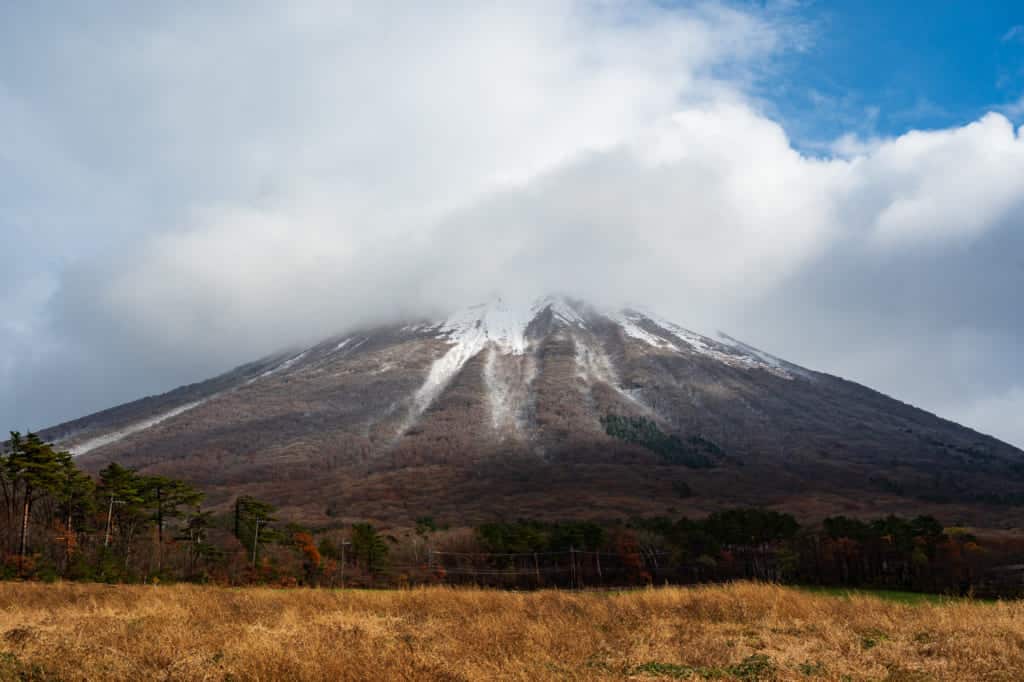
3. Sakurajima, One of the Most Active Volcanoes in Japan
If you want to witness a powerful natural phenomenon, visit the Sakurajima volcano in southern Kyushu. It is the symbol of Kagoshima Prefecture and is one of the most active volcanoes in the archipelago. It can have numerous eruptions, but this isn’t inconvenient for the inhabitants of Sakurajima or Kagoshima, who live right in front of the volcano.
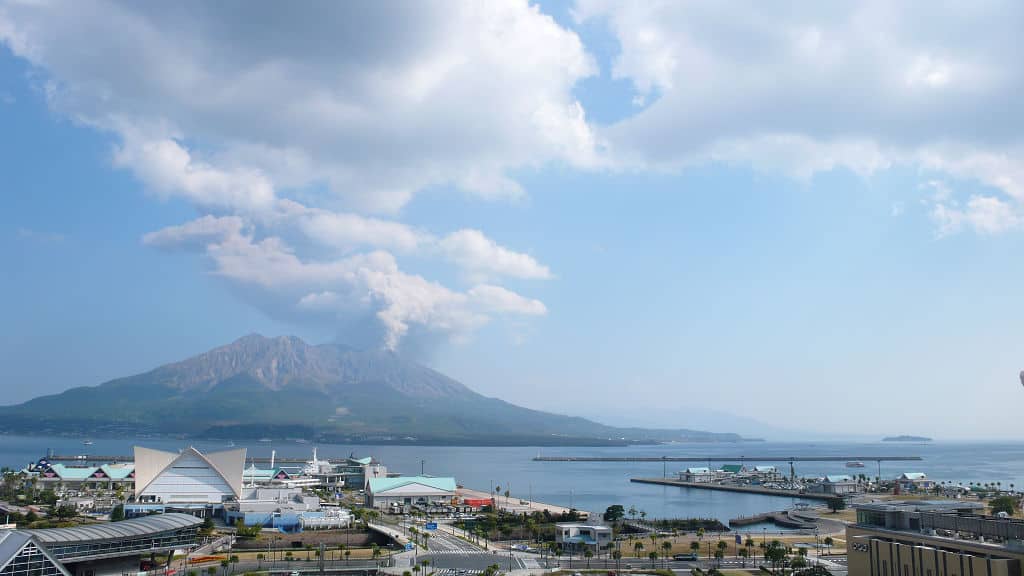
4. Mount Azuma-Kofuji, the “Baby” of Mt. Fuji
Azuma-Kofuji stands at 1,700 meters tall and is considered the “baby” of Mt. Fuji, with the added ‘ko,’ meaning little or child in Japanese. This volcano is located in Fukushima Prefecture, and you can climb it if you want. Specifically, we recommend it for those adventurers who want to see its unique crater and go on an excursion surrounded by nature.
Bonus: More Japanese Volcanoes
In addition to the volcanoes mentioned above, there are many more to visit in Japan. For example, Voyapon writers also have traveled to the far north, to Asahikawa in Hokkaido, to see the Asahidake volcano and go snowshoeing. Down south is the volcanic Mount Aso in Kyushu, and a perfect chance to see the depths of rurality in southern Japan.
After this article, we hope you’ll understand why Japan’s geology makes the country a special and unique place. Let us know of your experience visiting one of the Japanese volcanoes in the comment section!


